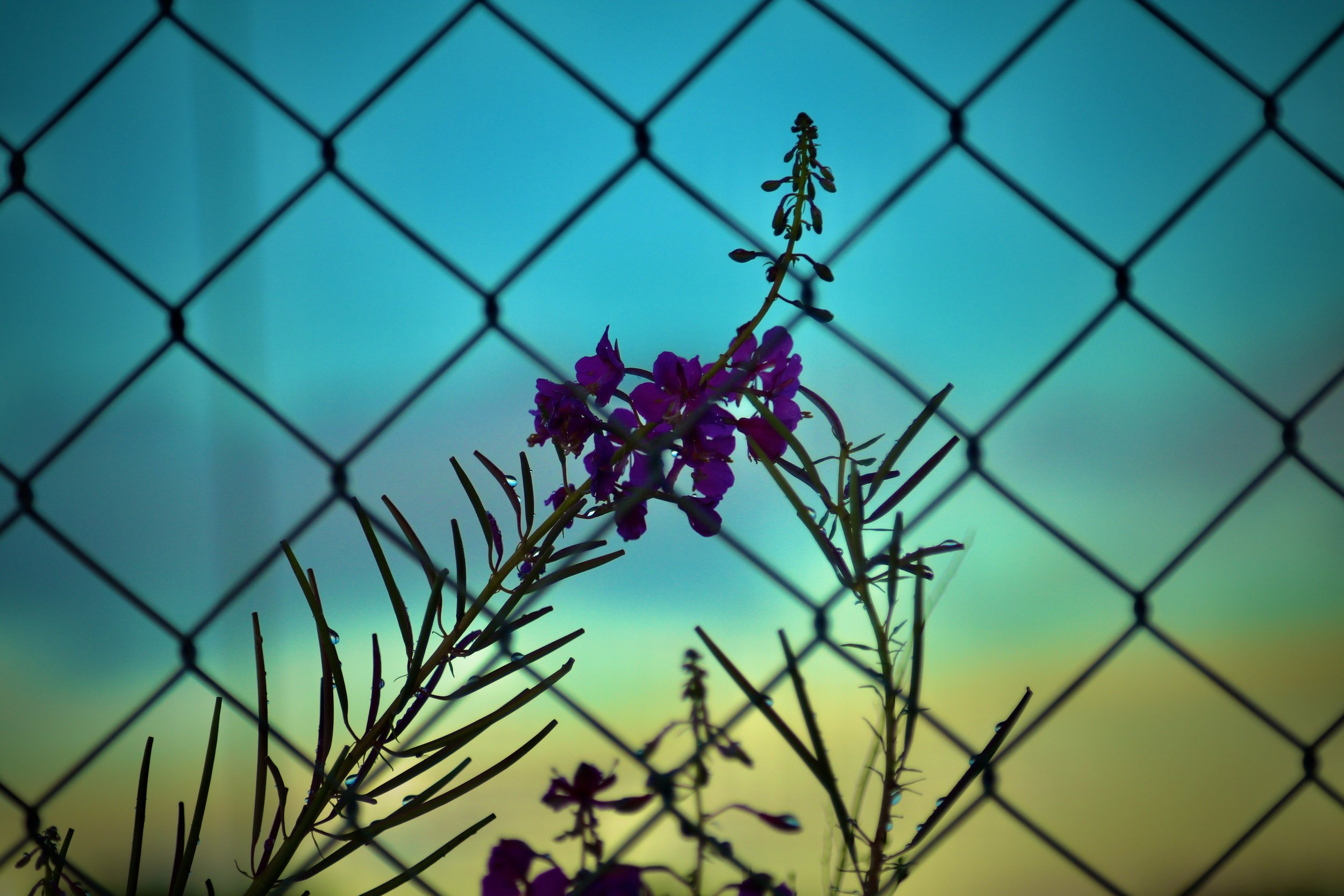
Media Features
The Cruelty of American
Curatorial Silence
By Erika Hirugami x Hyperallergic
This year has been a difficult one for the arts in the United States, from federal funding cuts to the president’s demands to censor or manipulate artistic content to fit his white supremacist narrative of history and reinforce ideals of American exceptionalism; from a call for the erasure of African-American history to attempts to slash federal funding to the Institute of American Indian Arts. Across the country, from Los Angeles to Chicago and Oregon to North Carolina, mass deportations lacking due process and kidnappings by presumed border patrol agents continue to happen every day. At the same time, the federal administration bullies state administrations through military presence on museum grounds.
In Los Angeles, photographs and videos of border patrol agents violently sequestering people are sadly becoming as quotidian as traffic. Consuming professional cruelty at the bureaucratic level is delivered every morning by the White House’s media channels, while gruesome scenes of immigrants and their children being shot, sandwiched by moving vehicles, dragged while screaming, and even convulsing on the floor are normalized every day. In a recent conversation I had with artist Rachel Hakimian Emenaker, we concluded that as visual arts professionals, it is nearly impossible to quantify all the visual pain we absorb on a daily basis, which ultimately seeps into our visual vernacular…
Building a Portfolio of Hope
By Mary Daly x UCLA Magazine
To earn her Sotheby’s degree, she had to write a business plan. “I didn’t want to just make a plan,” she says. “I wanted to make a business.” So she founded CuratorLove, a social impact, for-profit company whose mission is to empower “immigrant, migrant, and ‘undocreatives’ to thrive.” The firm curates exhibitions, produces publications, and provides art services to the currently and previously undocumented, which Hirugami refers to often — and affectionately — as “my community.”
“Just Paying Attention”
It’s when she talks about CuratorLove that the cultural warrior within her takes over. Hirugami’s dark eyes light up; there’s a lilt of hope in her voice, backed by steely resolve. Some would call what she does activism, but it’s a label she eschews. “I’m just showing up for my community,” she says softly. For her, it’s all about “appreciating the complexity and beauty of people.”
Her work focuses on “asking individual artists what they want, and then using the tools of the art world to give that to them. I’m just paying attention to who they’re telling me they are, translating that into a visual vernacular so that everyone else can see what I see.” There’s a big need: She estimates that in Los Angeles County alone, 200,000 creatives are part of the UNDOC+ community. Yet, in recent years, more attention has been paid to helping museums represent a diverse array of artists than to what individual artists actually need to break through and succeed.
In the wake of ICE raids in L.A., artists band together for immigrants
By Sarah Quiñones Wolfson
“Erika Hirugami is an academic curator and founder of CuratorLove, an enterprise through which she primarily works with intergenerational immigrant, migrant and “undocplus” (formerly or currently undocumented) individuals in the arts to secure resources.
“A lot of people in my community felt powerless,” she said. “In the undocplus community, there’s a lot of pain, grief and trauma that’s currently being heightened because of everything that’s happening in the city.”
Within 45 days, she organized a two-part fundraiser, “Abolish ICE Mercado de Arte,” which featured 300 artists from throughout the U.S. and Mexico. Its first installment, held in July at Human Resources in Chinatown, raised $15,000 to benefit the Coalition for Humane Immigrant Rights (CHIRLA) and Inclusive Action for the City. The second iteration, held in August at the LA Plaza de Cultura y Artes, collected $7,500 that went to several organizations, including Comunidades Indigenas en Liderazgo, a women-led nonprofit. There were music performances, poetry readings, art workshops and a healer offering energy alignment.
In between events, Hirugami partnered with multidisciplinary artist Ruben Ochoa to sell prints of his serigraph, titled “¡Tintín...Tintín...Paletas...Paletas!” Proceeds went directly to street vendors “who haven’t been able to leave their homes,” she said. Revolution Carts, a company that has collaborated with Ochoa by using his custom wrap designs and supporting vendors, also matched the donations, totaling $2,500. “Typically, artists are always at the innovative revolutionary stance,” Hirugami said. “So we need to be mindful of what they’re saying, how they’re doing it and how they’re all coming together to create actionable results, beyond just standing in solidarity with communities. This mercado is an example of that.”
LA Museums Have Failed Undocumented Immigrants
By Erika Hirugami x Hyperallergic
The United States government is terrorizing undocumented immigrants across the country. In Los Angeles, the National Guard was deployed unlawfully inside a sanctuary city, county, and state. Some of the most memorable photographs of the LA protests have museums in the background. Yet, by and large, the city’s major arts organizations remain silent.
In a city of over 800 museums, fewer than a dozen have publicly voiced their support for the undoc+ community, with the majority of institutions exclusively speaking out in solidarity with “immigrants” and “migrants.” This signals a systemic issue we are facing in the arts ecosystem. While every undoc+ individual is an immigrant, not every immigrant is undocumented. Conflating the two signals the lack of knowledge that arts organizations have on the subject; it is also a clear identifier of the lack of undoc+ voices in positions of power in museums and other arts organizations. In a community where status signaling has been a cause for deportation historically, inclusive language is necessary to mitigate proximity to legal harm. Undoc+ stands for currently or formerly undocumented, indicating a lived experience, not a legal differentiation…
Is the Smithsonian Museum of the American Latino Finally Moving Forward?
By Isa Farfan x Hyperallergic.
Erika Hirugami, co-founder of the California-based UNDOC+ Collective, an organization supporting undocumented creatives, said she finds it ironic that legislation for the creation of NMAL was officially approved under the first administration.
“NMAL was signed into law by the same president whose aesthetic axis is anchored by visual intimidation, photographic persecution, and tyrannical oppression toward ‘undoc+’ — formerly or currently undocumented — families and people in the undocumented diaspora,” Erika Hirugami told Hyperallergic.
“Can our administration truly be celebratory of Latine culture while our people are being persecuted, threatened, and deported?” Hirugami continued.
‘We cannot remain silent’: Museums in Los Angeles brace for 🟠🟠🟠 immigration crackdown
By Stacie Stukin x The Art Newspaper.
🟠🟠🟠 anti-immigrant rhetoric and deportation threats also impact undocumented artists. Erika Hirugami, the founder of CuratorLove and a PhD candidate at UCLA studying the “aesthetics of undocumentedness”, wrote a report commissioned by the advocacy organisation Arts for LA, and her research suggested that Los Angeles County is home to around 200,000 artists and arts professionals whom she calls “undocreatives”.
“There are a ton of undocreatives who are wary of showing up publicly at events because they don’t want to harm our communities,” says Hirugami, who was formerly undocumented. “At the same time, they are removing their social media, deleting their web pages for fear that since they’ve been associated with undocumentedness for their entire careers, now this could be a massive flag to put their families at risk.”
DACA-Recipient Artists Share Their Stories as Program Hangs by a Thread
By Isa Farfan x Hyperallergic.
Erika Hirugami, who is formerly undocumented but never received DACA, co-founded the UNDOC+Collective, a group fighting to shape “the future of ‘undocreatives’ working in the contemporary art system.” It connects artists across what she calls the “Undoc+ Spectrum,” which accounts for a diversity of immigration statuses. To her knowledge, Hirugami said, she is the only person in the country studying the “aesthetics of undocumentedness,” which she defines as “something that happens when Undoc+ individuals make creative artwork about their experience,” as part of her doctoral candidacy at the University of California, Los Angeles.
DACA recipients, she said, represent only a small percentage of the 11.7 million undocumented immigrants living in the US… In the art world, Hirugami feels their experiences are often exploited when access to artistic spaces relies on their ability to put their undocumented status and trauma on display.
“We’re still in the baby stages of trying to get beyond fetishizing this community within the creative industries,” Hirugami said. “There’s a need to also highlight the beauty of our community, and a need to challenge policy and politics. But at the same time to do so from a vocabulary that isn’t so legally toxic, because in this community, language affects us.”







